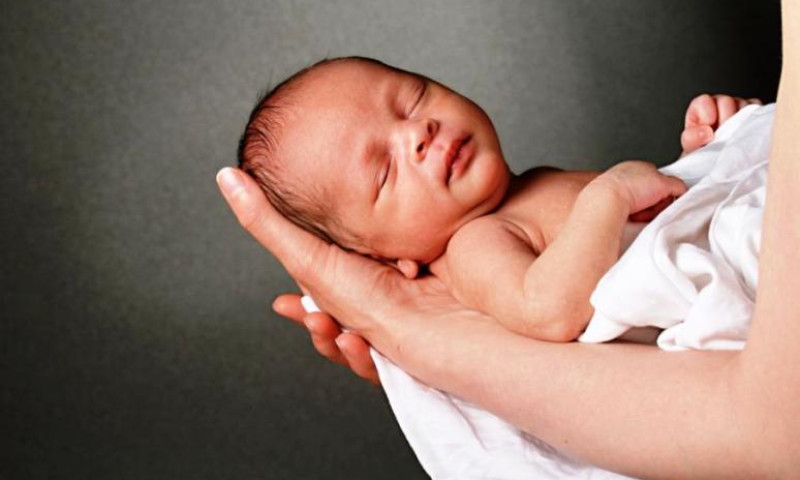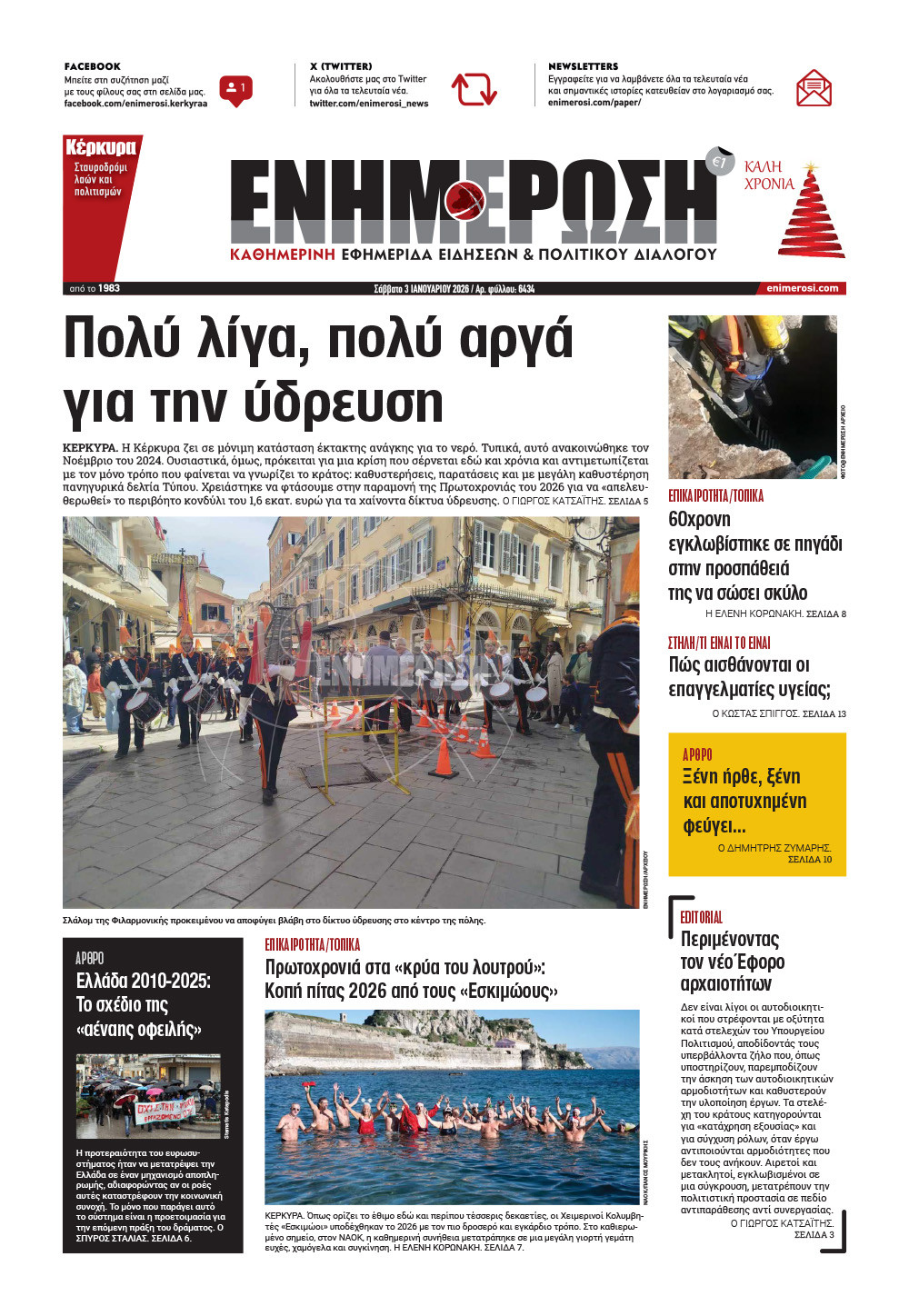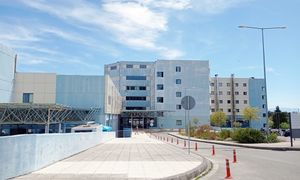23% increase in normal births at Corfu Hospital over last 4 years

births
08 Jan 2020
/ 10:42
CORFU. In 2015 there were 92 normal births at the hospital - 19.2% of total births. In 2019 there were 113 - 25% of the total.
Corfu General Hospital Administration has issued a press release regarding normal and caesarean section births.
According to the release, there has been a 23% increase in the number of normal deliveries. This can be considered a large increase if one takes into account that until recently Corfu had an above average number of caesarean deliveries in Greece.
The press release from the outgoing Administration and Director Phivos Kakavitsas:
"The hospital data showing a decrease in the proportion of deliveries done by caesarean section and an increase in the proportion of normal births is encouraging.
In 2015 there were 92 normal births - 19.2% of the total. Four years later, in 2019, there were 113 normal births - 25% of the total number of deliveries.
Even more encouraging is the number of women - first-time mothers and those who have had previous normal births - choosing normal delivery. Over the 4-year period this number has increased from 28% to 38%.
These figures are high compared to the national average but we need to mention our hospital's particular circumstances.
First of all, the fact that Corfu is an island plays an important part in the choice, given the possible risks and complications there may be during birth.
Secondly, the absence of a proper neonatal unit, which may need to be used following a normal birth with complications, leads some to opt for a caesarean section with less problems for the newly-born baby.
We should also not forget that people often come to a public hospital who haven't been properly monitored during pregnancy and this can often lead to a caesarean section being unavoidable.
Finally, a significant reason for the high percentage is the increased proportion of women who have previously had caesarean sections, which in many cases, based on the existing guidelines, leads to the obstetrician choosing the same method again.
But in any case, the significant increase in the choice of normal deliveries by doctors in recent years is a result of the important shift in the way of thinking of doctors and midwives.
Regardless of the present percentages, this indicates that there is a prospect for an even greater increase in the number of normal births in the coming years as there will be a corresponding decrease in the proportion of women having previously had caesarean sections.
The change in the clinic's resources has also clearly played a part in in the change of perceptions and the increase in normal births. There are now 6 specialist doctors at the clinic (compared to 3 in 2015), 4 of whom are new appointments and the average age has dropped significantly - leading to a change in perception and way of thinking."
According to the release, there has been a 23% increase in the number of normal deliveries. This can be considered a large increase if one takes into account that until recently Corfu had an above average number of caesarean deliveries in Greece.
The press release from the outgoing Administration and Director Phivos Kakavitsas:
"The hospital data showing a decrease in the proportion of deliveries done by caesarean section and an increase in the proportion of normal births is encouraging.
In 2015 there were 92 normal births - 19.2% of the total. Four years later, in 2019, there were 113 normal births - 25% of the total number of deliveries.
Even more encouraging is the number of women - first-time mothers and those who have had previous normal births - choosing normal delivery. Over the 4-year period this number has increased from 28% to 38%.
These figures are high compared to the national average but we need to mention our hospital's particular circumstances.
First of all, the fact that Corfu is an island plays an important part in the choice, given the possible risks and complications there may be during birth.
Secondly, the absence of a proper neonatal unit, which may need to be used following a normal birth with complications, leads some to opt for a caesarean section with less problems for the newly-born baby.
We should also not forget that people often come to a public hospital who haven't been properly monitored during pregnancy and this can often lead to a caesarean section being unavoidable.
Finally, a significant reason for the high percentage is the increased proportion of women who have previously had caesarean sections, which in many cases, based on the existing guidelines, leads to the obstetrician choosing the same method again.
But in any case, the significant increase in the choice of normal deliveries by doctors in recent years is a result of the important shift in the way of thinking of doctors and midwives.
Regardless of the present percentages, this indicates that there is a prospect for an even greater increase in the number of normal births in the coming years as there will be a corresponding decrease in the proportion of women having previously had caesarean sections.
The change in the clinic's resources has also clearly played a part in in the change of perceptions and the increase in normal births. There are now 6 specialist doctors at the clinic (compared to 3 in 2015), 4 of whom are new appointments and the average age has dropped significantly - leading to a change in perception and way of thinking."












